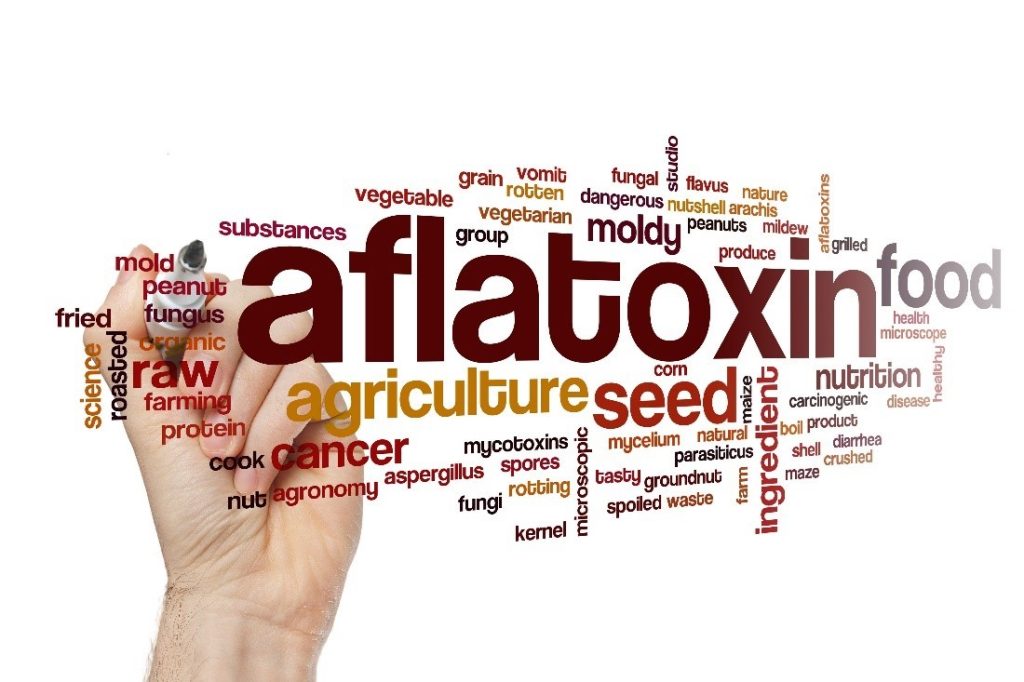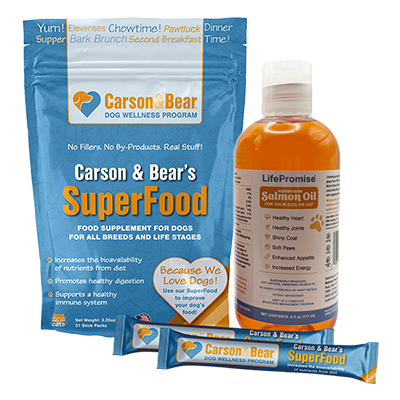When it comes to choosing dog food, pet parents often focus solely on nutrition, with the hopes that our fur babies stay by our side for as long as possible. However, dog parents also need to watch for a hidden threat in dog food that could lead to poisoning – and even death. Dangerous toxins from fungi and mold known as mycotoxins have been known to find their way into dog food, posing health risks to our beloved dogs.
As we work to contribute to a world where healthier pets and people live longer together, we want to provide all pet parents with the information they need to make educated decisions about their dog’s diet. In order to give them the best dog diet possible, it’s important to learn why these toxins are so worrisome and how to protect your pup so they can spend many more healthy years with you.

What are mycotoxins?
Mycotoxins are toxic substances that come from certain types of fungi or mold that have been known to contaminate crops and animal feed. Aflatoxins are perhaps one of the better-known mycotoxins, with these being the source of recent pet food recalls. They are invisible, tasteless and odorless, making it hard to detect them at home in both wet dog food and dry dog food.
These hidden toxins can survive the manufacturing processes involved in producing even premium dog food. They can grow in common pet food ingredients such as corn, wheat, barley, peanuts and other grains. Besides being highly carcinogenic, these toxins can cause immunosuppression, liver damage and death.

How to tell if your dog is suffering from mycotoxin poisoning
If your dog eats food containing moldy ingredients over time, they can develop toxin poisoning. Our dogs are particularly vulnerable to poisoning because we tend to feed them the same food over a long period of time. Most dogs consume mycotoxins over a long period of time and signs can be hard to spot as they’re unspecific including sluggishness, jaundice, vomiting, diarrhea and loss of appetite. Cancer can also result from long-term consumption.
If you’re worried about your pet potentially consuming these toxins, you should consult with your veterinarian. Your veterinarian might run tests to check your dog’s liver function and suggest analyzing pet food samples to determine if dangerous toxins are hidden in kibble. However, it’s important to note that tests may not find anything unless the dog is acutely intoxicated with a high dose.

Protecting your pooch from hidden toxins in their dog food
While it’s difficult to completely avoid mycotoxins in pet food, you can take steps to lower the risk of poisoning and long-term health issues.
- Choose dog food containing ingredients less susceptible to hidden toxins. Aflatoxins often come from low-quality fillers like corn, soy and wheat, which can make up a significant portion of kibble in dog food bags – including ones labeled as “complete and balanced.” In general, dog parents should steer clear of fillers and additives.
- Store dog food properly. Keep dog food in a cool, dry place away from sunlight and wash your dog food storage bin frequently if you use one. Don’t buy excessive amounts of food that won’t be eaten within a reasonable time period to avoid mycotoxin formation.
- Add fresh food to your dog’s diet to reduce kibble consumption.
- Schedule regular check-ups and consult your vet on the best diet for your dog.
- Track dog food product recalls and safety notifications. You can regularly monitor trusted sources for alerts to find out if your dog food has been recalled for elevated levels of toxins.
By understanding the health risks of hidden toxins and making choices to lower potential exposure to them, we can help keep our furry companions happy and healthy.

Want to learn more about how you can keep your dog healthy? Stay up-to-date by visiting our website or signing up for email updates below.



